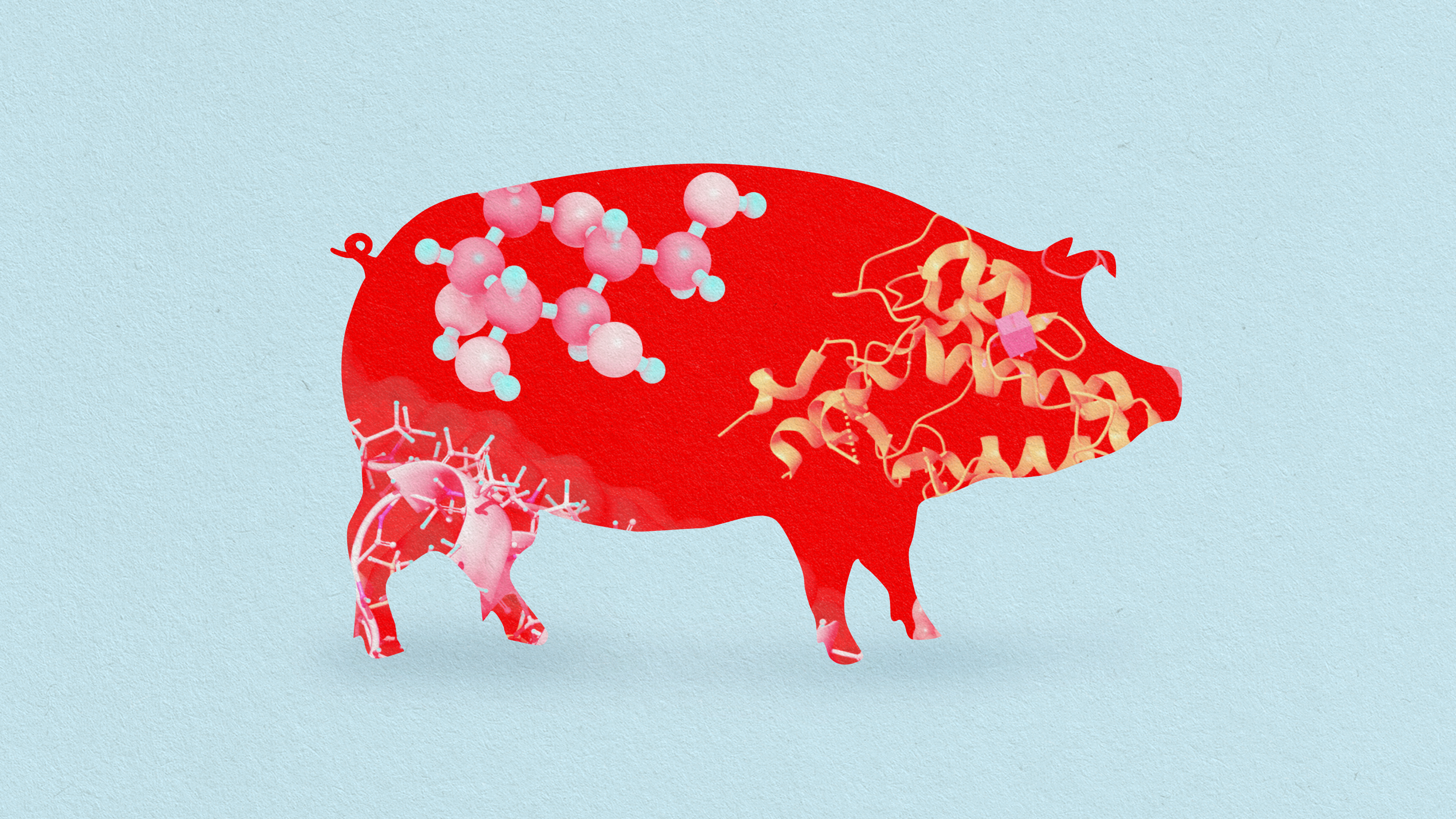Debunking 4 popular myths about intermittent fasting

- About one in 10 Americans practiced intermittent fasting in 2023. The diet calls for fasting at some times and eating freely at others.
- Despite intermittent fasting’s growing popularity and studies that find it to be safe and effective, the general public believes numerous myths about the practice’s safety.
- In a new paper, scientists dispelled the idea that intermittent fasting can negatively affect sex hormones, lead to greater muscle loss than other diets, worsen diet quality, and lead to eating disorders.
Fad diets come and go, but one appears to have staying power: intermittent fasting. Roughly one in 10 Americans were estimated to have practiced it in 2023. Interest in the eating strategy, as indicated by Google searches, picked up in 2011 and has remained elevated since. One could say that intermittent fasting is no longer a fad — it’s simply a diet.
The eating strategy’s enduring popularity can likely be attributed to a key distinction: It doesn’t tell you what to eat but merely when to eat. There are no pricey supplements, bland meals, complicated recipes, or maddening dietary restrictions. You simply eat what you want at certain times, and at other times, you don’t eat at all. It’s clean, simple, and effective.
Studies suggest that intermittent fasting reduces body weight, body fat, LDL cholesterol, triglycerides, and blood insulin. It also optimizes cellular use of fuel sources, improves mitochondrial function, and suppresses inflammation.
These benefits primarily arise because people practicing intermittent fasting tend to unwittingly reduce the calories they consume by between 200 and 550 per day on average. But unlike calorie counters, fasters are better at adhering to their diet plan, research suggests. It’s easier to fast for a time than to restrict food intake.
As a team of scientists from the University of Illinois-Chicago (UIC) described in a recent paper published in Nature Reviews Endocrinology, there are two main approaches to intermittent fasting: alternate-day fasting and time-restricted eating. With alternate-day fasting, dieters eat freely one day and then don’t eat at all or consume just one small meal the next. For time-restricted eating, practitioners eat all their meals during a window of four to 10 hours and drink only drink zero-calorie fluids the rest of the time.
Many could benefit from intermittent fasting, yet some avoid it out of fear that it could endanger their health. In their review, the UIC researchers avowed that the strategy is safe and effective, and dispelled four common myths.
Myths about intermittent fasting
First, they noted a widespread belief that intermittent fasting can negatively affect sex hormones. Women worry that the diet could lower estrogen levels, leading to irregular menstruation and fertility problems. Meanwhile, men fret that fasting could reduce testosterone, thus lowering libido and muscle mass. Intermittent fasting doesn’t appear to diminish estrogen in women, the researchers report, though young male athletes could experience minor drops in testosterone. The studies that turned up this effect didn’t find any accompanying reductions in strength or muscle, however.
Second, there’s a myth that intermittent fasting leads to greater muscle loss compared to other weight-loss diets. Calorie-reducing diets do cause followers to shed a little muscle along with all the fat. Intermittent fasting is no different, but it isn’t any worse, the authors say. In fact, combining the strategy with weightlifting and boosted protein intake can attenuate most of any muscle loss.
Third, there’s a notion that people practicing intermittent fasting make poorer dietary choices. The idea is that, when freed of their fast, people will opt for ultra-palatable foods higher in salt, sugar, and fat. Randomized clinical trials don’t bear this out, however.
“Evidence suggests that people don’t typically change the types of food they eat during intermittent fasting, they just eat less of those foods,” the researchers write.
Fourth, some clinicians worry that the structure of intermittent fasting could make individuals prone to eating disorders. Again, trials don’t support this concern. On the contrary, “adults participating in intermittent fasting report fewer food cravings, weight concerns, mood issues, binge-eating behaviors and less anxiety about their appearance, relative to control individuals,” the authors write.
In summary, despite intermittent fasting’s extreme reputation, it’s as safe as a reduced-calorie diet and often easier to stick to, the authors say.
“Intermittent fasting is just another tool that can be used to help individuals eat less food to manage their weight and metabolic health. Fasting is no more advantageous or disadvantageous compared to other diets and should not be demonized for simply suggesting that we take a break from eating once in a while.”





